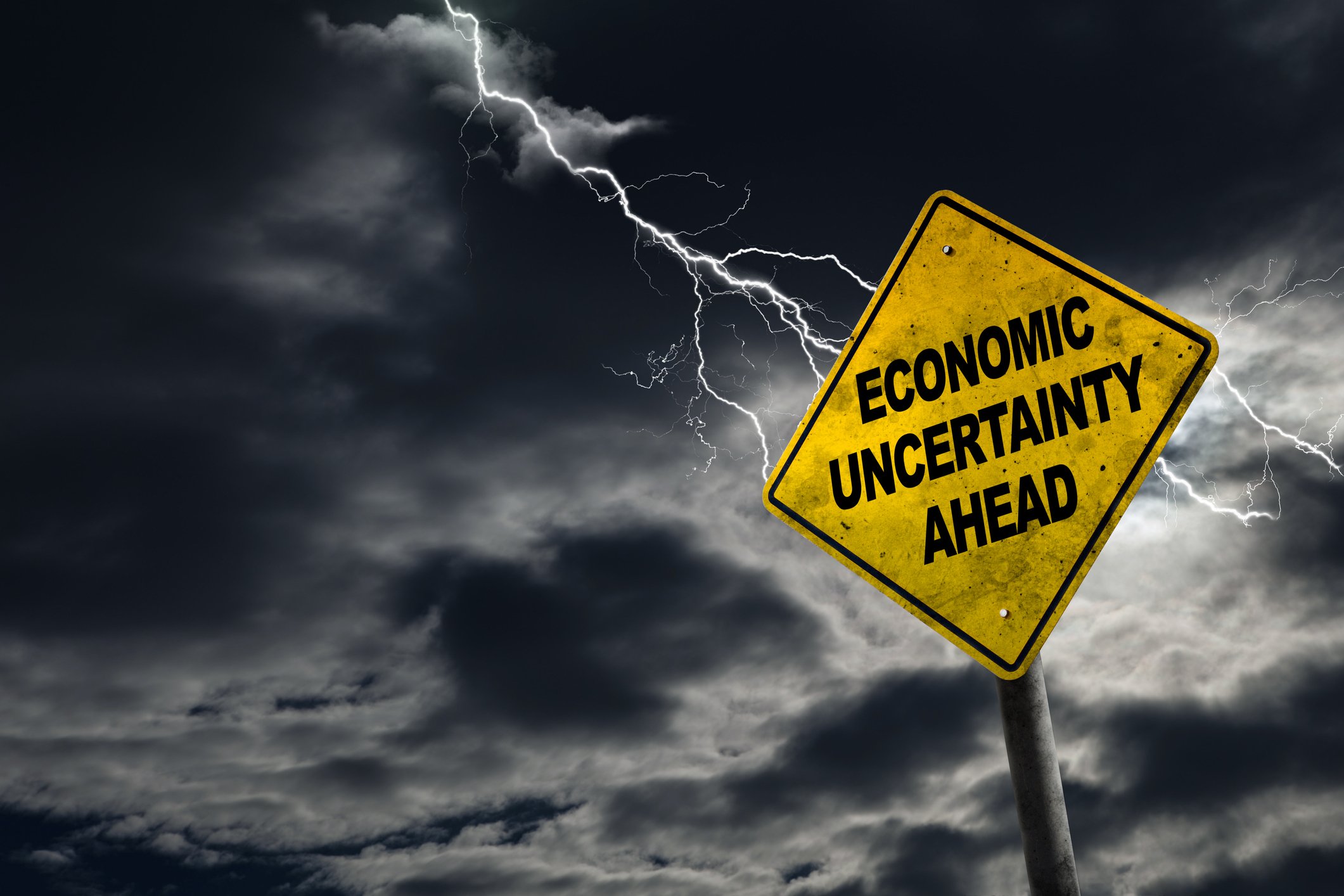"Sell in May and Go Away" is one of the old sayings on Wall Street, a warning against the market's historical tendency to underperform between May and October. For the real-money Inflation-Protected Income Growth portfolio, May did provide an opportunity to sell one stock: industrial gas giant Air Products and Chemicals (APD +0.04%).
Rather than go away, however, the portfolio took the cash from that sale and bought stock in a different company, Infinity Property and Casualty (IPCC +0.00%). When the portfolio has sufficient cash to open a position and finds a company that fits its investing criteria, it would rather be invested than hold that money.
Why that sale matters
This was only the second sale by the iPIG portfolio. Air Products and Chemicals was sold for largely the same reason as the first pick to get sold: Another investor with much deeper pockets thought the company was worth more.
Activist investor Bill Ackman took a significant position in Air Products and Chemicals and indicated the stock could be worth $200 per share with the right leadership in place. That optimism priced the company's stock far enough ahead of its proven cash-generating ability that the iPIG portfolio felt it appropriate to sell on valuation.
The portfolio's only prior sale was a bit less voluntary, but for similar reasons. Warren Buffett's Berkshire Hathaway (NYSE: BRK-A)(NYSE: BRK-B) bought out Nevada electric-generating company NV Energy for more than the company looked to be worth as an independent entity, compelling the iPIG portfolio to sell.
Still, the acquisition probably made sense from an efficiency perspective. NV Energy has been folded into Berkshire Hathaway's MidAmerican energy unit. With the heavy capital costs and operating overhead associated with running an electric utility, NV Energy is likely worth more as part of the Berkshire Hathaway family than it was as an independent company.
On the buy side, Infinity Property and Casualty made the cut for the portfolio due to its covered dividend with a history of growth, its decent balance sheet, and its reasonable valuation. That combination made it a rarity in the auto insurance business. Many competitors don't pay dividends, and those that do don't necessarily have a great recent history of increasing the payouts. Time will tell whether Infinity Property and Casualty's strategy of focusing on otherwise underserved urban consumers will remain a driver of profitable growth and dividends for investors.
Overall solid results
The iPIG portfolio's primary objective is to generate an income stream that grows at least as fast as inflation. Thus far, it has been successful in that endeavor, and every company that has been in the portfolio at least a year has increased its dividend since being picked. In addition, the portfolio's biggest surprise thus far has been a good one: its ability to largely keep up with the rapidly rising market since launching in December 2012.
The table below compares the iPIG portfolio through May 2014 with the S&P 500 index and the SPDR S&P 500 (SPY +0.09%), an exchange-traded fund that tries to track that index. This ETF makes for an apt comparison for this dividend-oriented portfolio, as it includes the dividends that the raw index ignores.
|
Investment |
May 2014 Performance |
2014 Year-to-Date Performance |
1-Year Performance |
Total Return Since iPIG Portfolio Inception |
|---|---|---|---|---|
|
iPIG Portfolio |
1.9% |
5.8% |
21.7% |
39.4% |
|
SPDR S&P 500, dividends reinvested |
2.3% |
4.8% |
20.3% |
40.8% |
|
SPDR S&P 500, dividends as cash |
2.3% |
4.8% |
20% |
40.1% |
|
S&P 500 Index |
2.1% |
4.1% |
18% |
36.7% |
Data from the iPIG portfolio brokerage account and Yahoo! Finance as of May 31, 2014.
The market remains on a solid upward trajectory, with the iPIG portfolio generally keeping pace. Note the last column in that table, though, showcasing the difference in performance driven by dividends. The iPIG portfolio's total return since inception is nearly 3 percentage points higher than that of the raw S&P 500 index, though it slightly trails the SPYDERS once dividends are included. If dividends can make that big a difference in just 18 months, imagine what they can do for you over a lifetime of investing.









